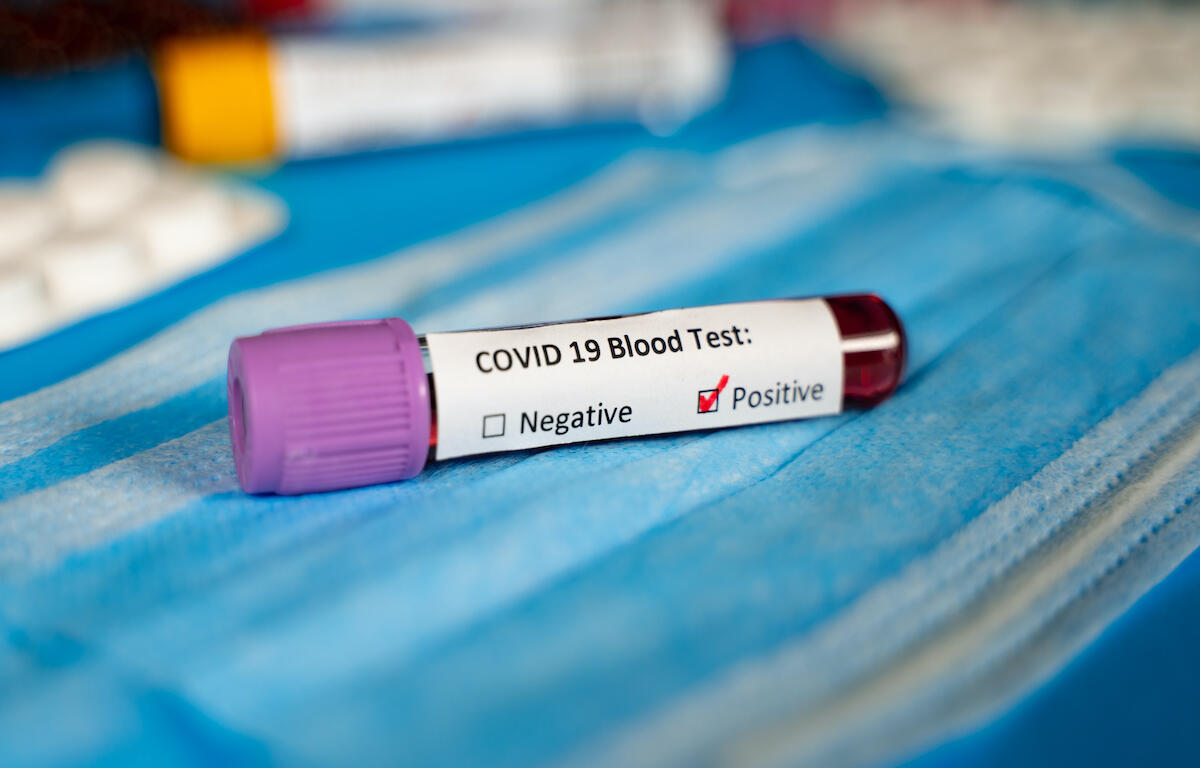CLARKSVILLE, TN (CLARKSVILLE NOW) – The Omicron variant of COVID-19 has arrived in Clarksville, and it’s hitting hard.
As of Jan. 22, active COVID cases have topped 4,400 according to the Clarksville-Montgomery County COVID-19 Dashboard Hub.
It’s the highest we’ve seen in Montgomery County, surpassing the peak of the Delta wave in September and October 2021.
Data delayed to weekly
As of the new year, the Tennessee Department of Health changed the way it reports data to both the public and the CDC. This is complicating the ability to accurately assess the local situation.
Instead of daily updates with active case and new report totals, the state said at the end of December it would only release data once a week.
This leaves a lot unknown, as we’ve seen that active cases counts can double in just a week.
When asked by Clarksville Now about the reasons for the change in reporting, Bill Christian, TDH spokesman, said it was to make the data more in line with national reports.
“The weekly reporting coincides with CDC MMWR (Morbidity and Mortality Weekly Report) reporting week and that of many states across the nation that have also shifted reporting schedules,” Christian said, adding that their other reporting methods have remained unchanged.
Further complicating matters, any daily figures provided in the weekly update stand to be altered as the active case counts are updated retroactively to match when the positive test was taken, not when that information was received.
Another complication: The variant breakdowns in the weekly Critical Indicator Report are provided only by region, not by county.
Montgomery County falls under the Mid-Cumberland region, and, based on the most recent report from last week, the majority of the cases we’re seeing here are likely Omicron, according to Montgomery County Health Department Director Joey Smith.
“The critical indicators report just updated and in the last seven days, 97.6% of the new cases in the Mid-Cumberland region were Omicron variant,” Smith told Clarksville Now.
Local trends show spike
Even though the data is more difficult to gauge, there are some data points that can shed light on how much more infectious this variant is compared to others.
“Today’s infections compared to those in August and September are less severe but have a higher rate of transmission,” Smith said.
From the end of December to the beginning of the new year, the average daily case rate per 100,000 residents was 130. From Jan. 9 to Jan. 22, that increased to 168.4.

Additionally, for the week of Jan. 16-22, the average percentage of COVID-19 tests that came back positive was 45.1%, according to TDH. During the peak of the Delta wave, on Sept. 13, that rate was 25.2%.
When asked about the lack of local response to the uptick, Smith deferred all questions to TDH.
Christian did not directly address the question, instead encouraging ongoing vaccination and testing.
“Our approach to COVID-19 remains the same as we are still encouraging anyone who is eligible to receive a COVID-19 vaccine and booster dose to do so,” Christian said. “We also encourage anyone with concerns about being exposed to COVID-19 to get a test.”
Tennova hospital capacity
Tennova Healthcare-Clarksville, like many hospitals in Tennessee, has seen an increase in the number of COVID-19 inpatients as a result of the Omicron spike.
“In November and December, our daily average was 13 COVID-positive patients,” Tennova spokeswoman Sandy Wooten told Clarksville Now.
At the beginning of January, the hospital’s daily average increased to 34 COVID positive patients. As of Friday, Wooten said the hospital was treating 39.
According to Tennova’s Facebook page, from Jan. 24-28, 74 people were hospitalized. Out of the hospitalized, 54 were unvaccinated, 20 were vaccinated, and 20 out of the 74 were in a critical care unit.
As a reminder, even if the patient’s initial reason for admission was not COVID-19 and they’ve tested positive, Tennova still classifies those patients as COVID-19 hospitalizations.
Wooten added that despite the uptick in cases, the hospital is still prepared to care for all patients who need medical attention.
However, one patient who was admitted Thursday night at Tennova said he was treated in the hallway, along with another dozen people lined up along the walls.
“I overhead the staff talking about having no beds for transfers from elsewhere and the ER could be soon at stress level 5, which is the highest,” John Kaler told Clarksville Now. “They seem to have plenty of staff and treating people in timely manner, just no room and no surge capacity left.”
Clarksville Now has reached out to Tennova for further response.
To limit volumes in its ER, Tennova has updated its policies on COVID-19 testing.
“Due to high volumes of patients in our Emergency Department, COVID-19 testing is only being done as part of an ER visit for patients with symptoms of COVID-19,” Wooten said.
Patients with no symptoms seeking a COVID-19 test for possible exposure, for return to work or school, or for travel should not go to Tennova’s ER. They should instead contact their primary care physician or the Health Department for a test.


